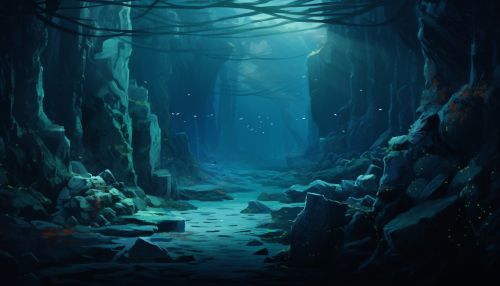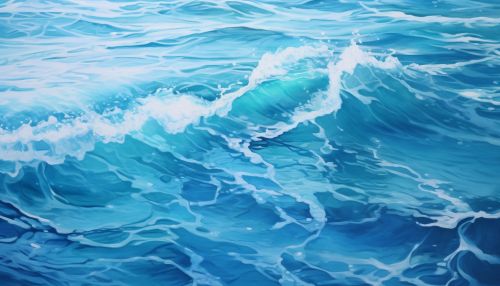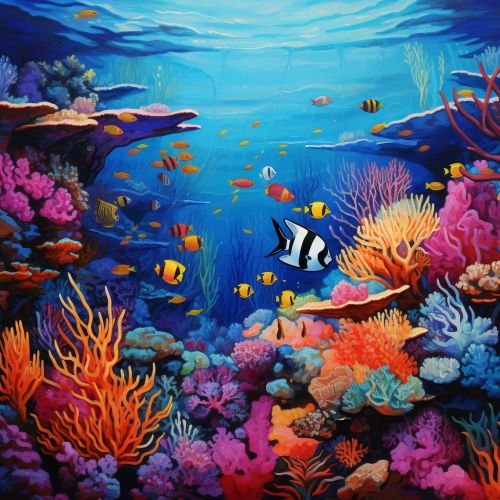Sea
Introduction
The sea, a vast body of saltwater that covers more than 70% of the Earth's surface, plays a crucial role in the planet's hydrologic cycle, climate regulation, and the support of a diverse array of life forms. The sea's complex physical characteristics, biological diversity, and interaction with human societies make it a rich subject for study across numerous scientific disciplines, including oceanography, marine biology, and maritime history.


Physical Characteristics
The sea's physical characteristics, including its depth, temperature, salinity, and currents, are determined by a variety of factors, such as the Earth's rotation, atmospheric conditions, and the sea's interaction with landmasses and the ocean floor.
Depth and Topography
The depth of the sea varies greatly, from shallow coastal areas to deep ocean trenches that reach depths of over 36,000 feet (11,000 meters) in the Mariana Trench. The topography of the sea floor, known as bathymetry, is shaped by geological processes such as tectonic activity, erosion, and sediment deposition.


Temperature and Salinity
Sea water temperature and salinity levels are influenced by latitude, depth, and the amount of solar radiation received. The sea's surface temperature can range from -2°C in polar regions to 30°C in the tropics. Salinity, the concentration of dissolved salts in the sea, averages about 35 parts per thousand (ppt) but can vary due to factors such as evaporation, precipitation, and river inflow.
Currents
Sea currents, driven by wind, temperature, and salinity differences, play a vital role in the global climate system by redistributing heat around the planet. Major sea currents include the Gulf Stream in the Atlantic and the Kuroshio Current in the Pacific.


Biological Diversity
The sea is home to a vast array of life forms, from microscopic plankton to the largest animal on Earth, the blue whale. These organisms are distributed in various marine habitats, including the open sea, sea floor, and coastal areas.
Marine Ecosystems
Marine ecosystems are diverse and complex, with species interactions and nutrient cycles shaping the structure and function of these communities. Key marine ecosystems include coral reefs, kelp forests, seagrass meadows, and deep-sea ecosystems.


Marine Species
The sea supports a vast diversity of species, many of which are specially adapted to life in the marine environment. These include a wide range of fish, marine mammals, invertebrates, algae, and bacteria. Some species, such as sea turtles and certain seabirds, depend on both marine and terrestrial habitats during their life cycles.
Human Interaction
Human societies have interacted with the sea for millennia, relying on it for food, transportation, and resources. However, these interactions have also led to significant impacts on the sea's health and biodiversity.
Maritime Activities
Maritime activities such as fishing, shipping, and offshore drilling have shaped human history and continue to play a crucial role in the global economy. However, these activities can also lead to environmental impacts such as overfishing, pollution, and habitat destruction.


Sea Conservation
Efforts to conserve the sea and its biodiversity have led to the establishment of marine protected areas, sustainable fishing practices, and regulations to reduce pollution. However, challenges such as climate change, ocean acidification, and plastic pollution continue to threaten the health of the sea.
